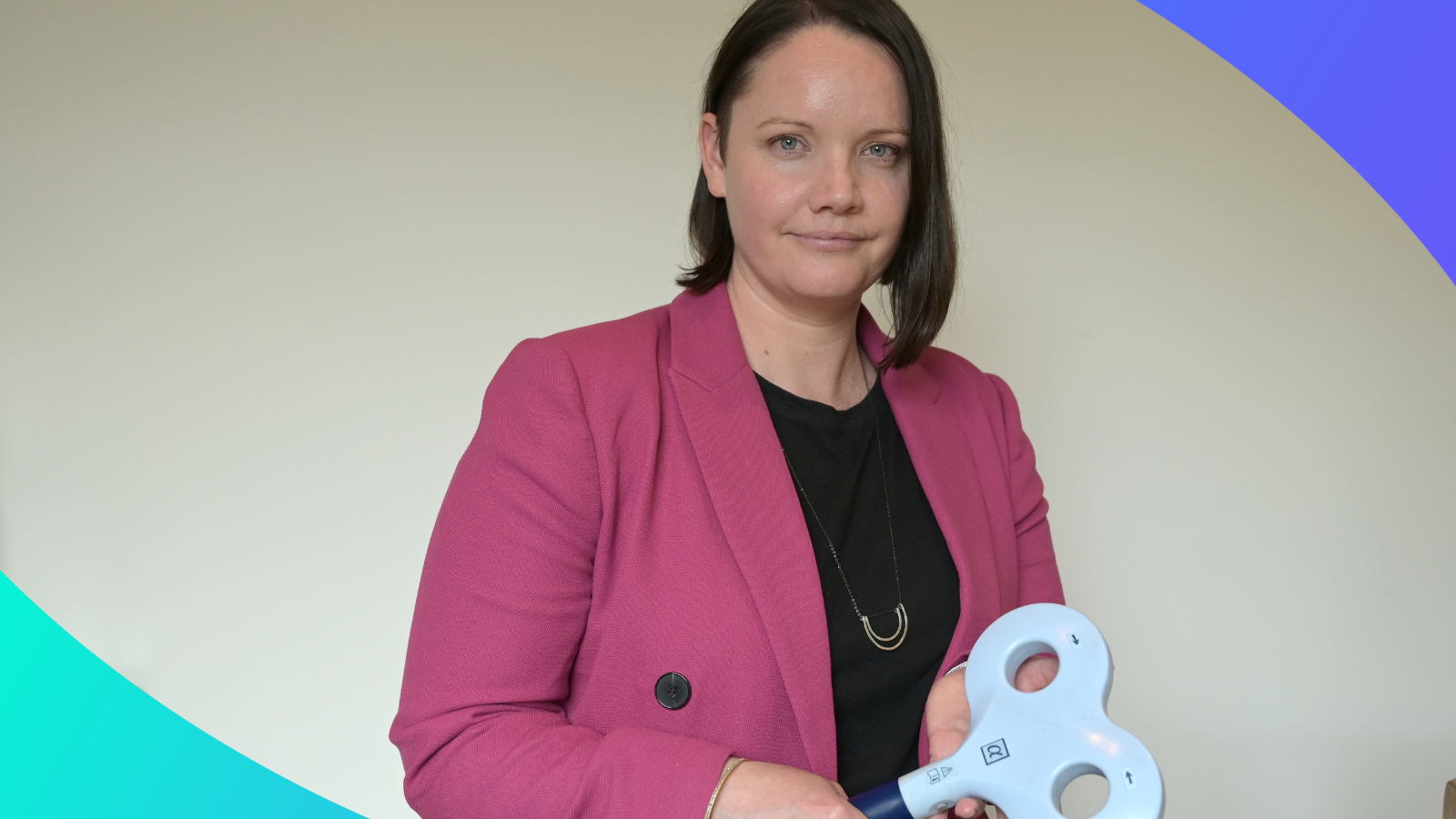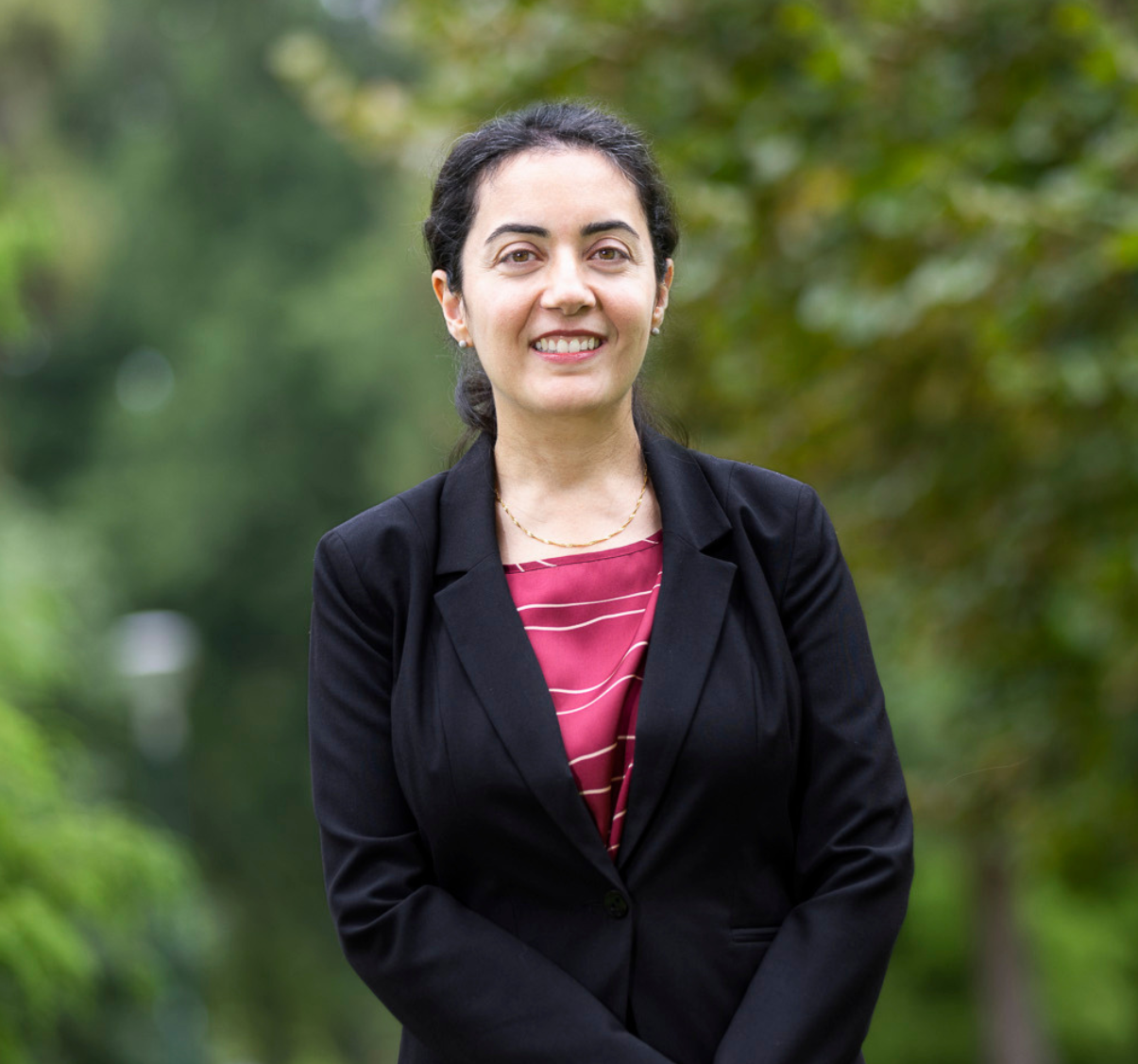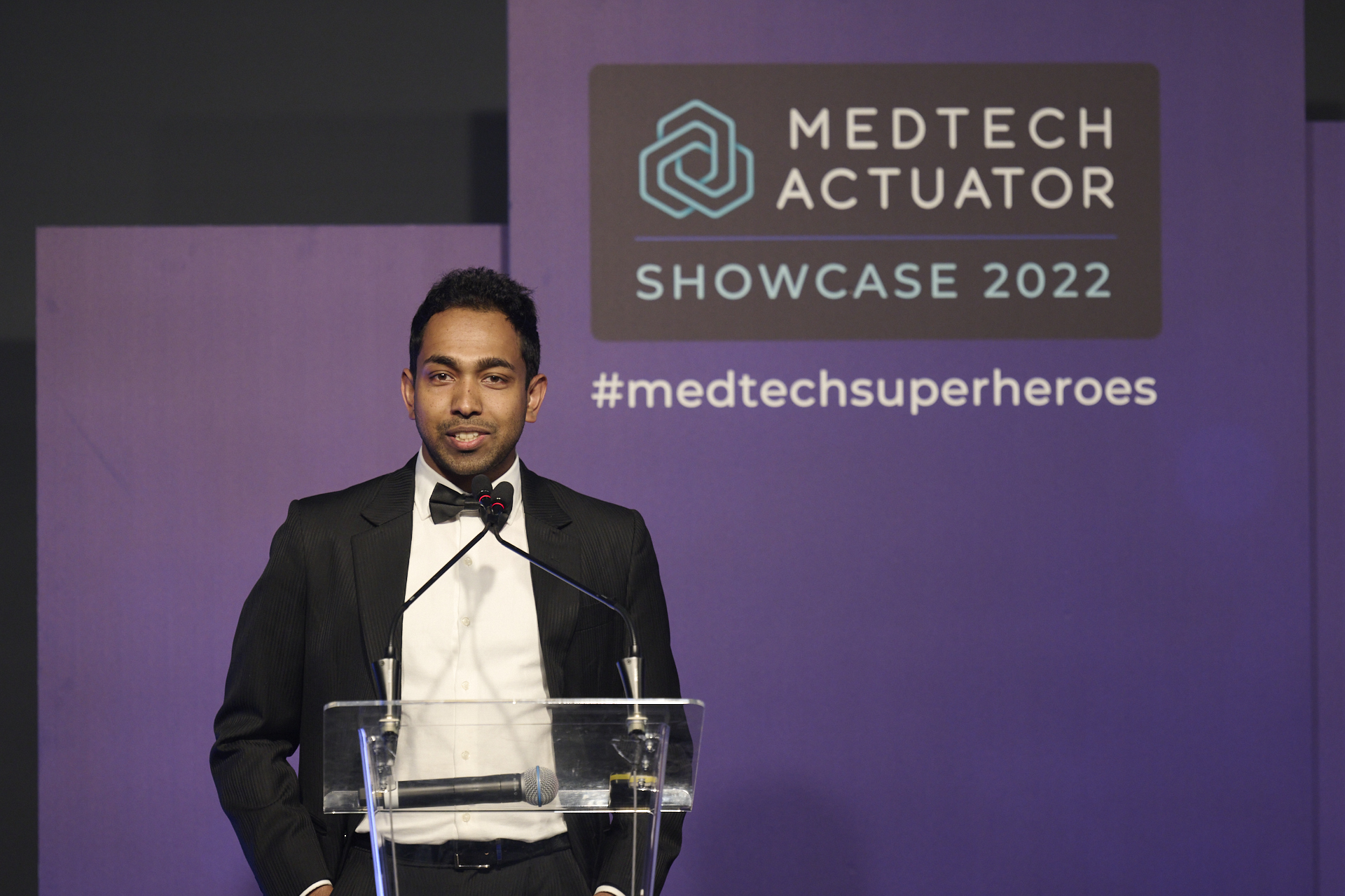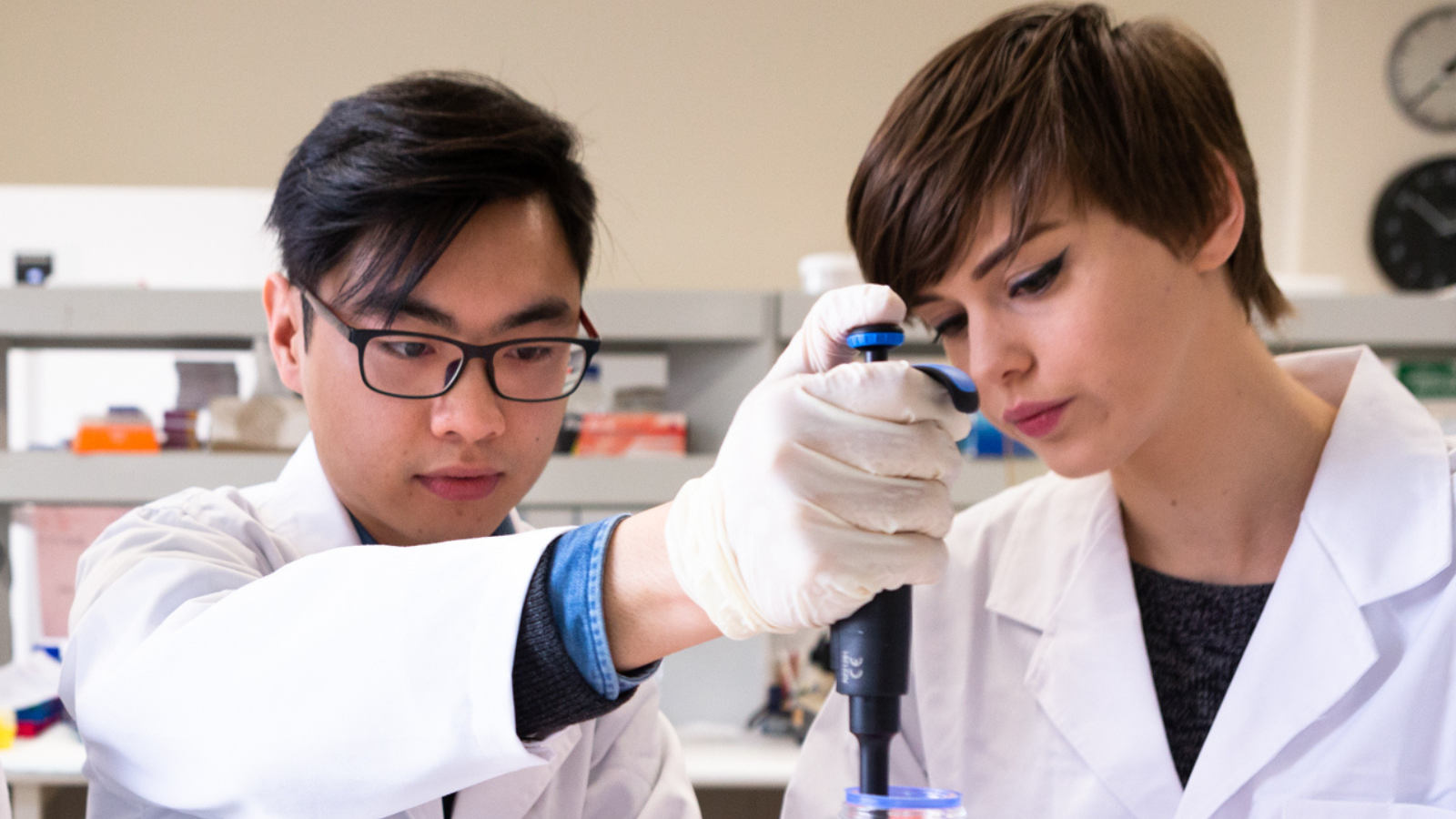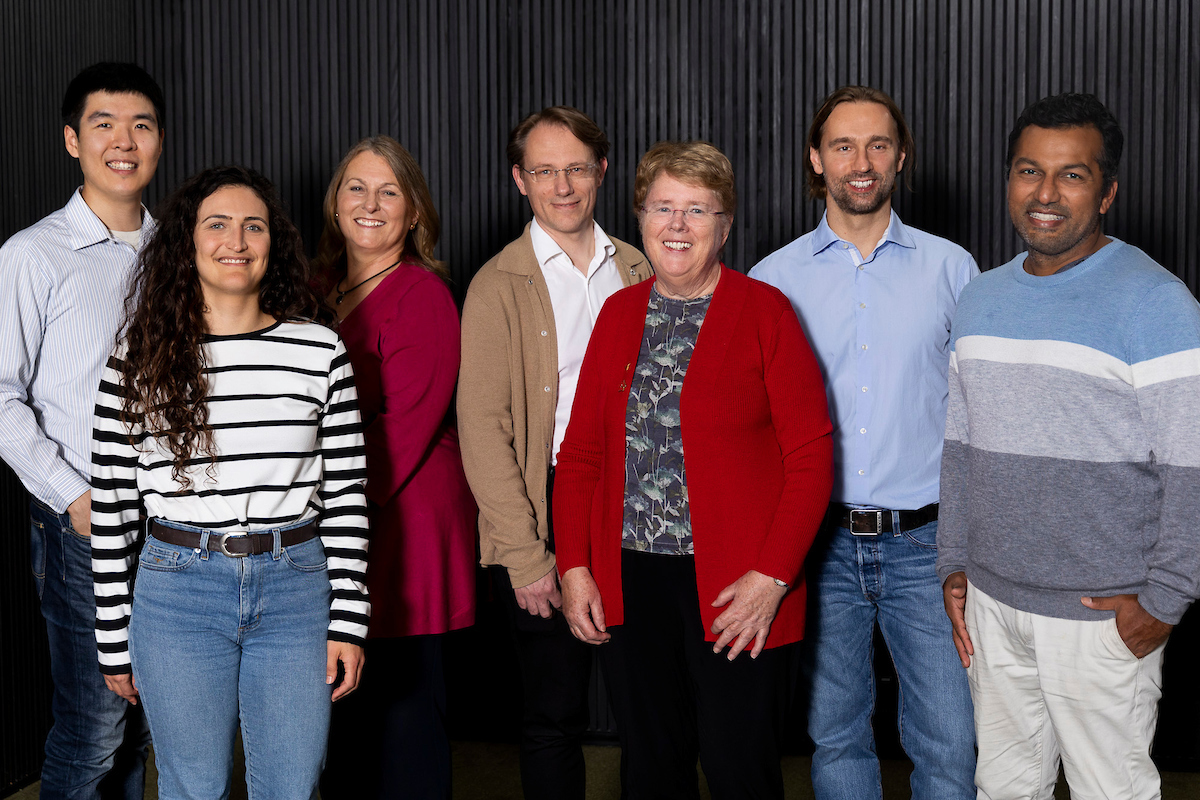Latest News
Using nanotechnology to restore hearing loss
Hearing loss affects nearly half a billion people worldwide and is set to increase two-fold by 2050.
Despite this, there are currently no drug treatments available to restore hearing function. Bionics Institute researchers are working to change that.
Dr Niki Gunewardene and Dr Yingjie Hu are working on a world-first treatment for hearing loss using nanotechnology, as part of a research team led by Associate Professor Andrew Wise.
“It’s widely recognised that growth factors can repair damage to the sensory nerves in the inner ear. However, until now, there hasn’t been a safe and effective way to get high payloads of drug into the inner ear, impeding clinical translation of previous research,” said Dr Niki Gunewardene, Senior Research Fellow.
The ground-breaking technology developed by our team loads a drug, called ‘growth factors’, into small drug-carrying particles created via nano-engineering. Once delivered into the inner ear, the growth factors can act to restore lost connections between the nerve fibres and sensory hair cells.
Our work paves the way for further research to develop this therapeutic technology and move towards a clinical trial to restore hearing in patients.
Dr Yingjie Hu, Research and Development Engineer, is excited by the translational opportunities made possible by Bionics Institute hearing research.
“Our particle delivery system can increase the lifespan and improve distribution of growth factors delivered to the inner ear, which is an exciting development,” she said.
The development of this pioneering nanoparticle technology was made possible thanks to to a significant gift in Will from a Bionics Institute supporter.
A generous bequest has enabled us to grow the research team, build bespoke laboratory facilities and accelerate the pace of our research project.
Associate Professor Andrew Wise, Lead Researcher Hearing Therapeutics Lead Researcher explained:
“This gift really set the foundation for our work. We were able to hire two new scientists and create a facility at the Bionics Institute to manufacture our drug delivery system. This facility is a huge step forward for the program as it enables us to develop and optimise the manufacturing process under controlled conditions, which is a key step in establishing a manufacturing process,”










